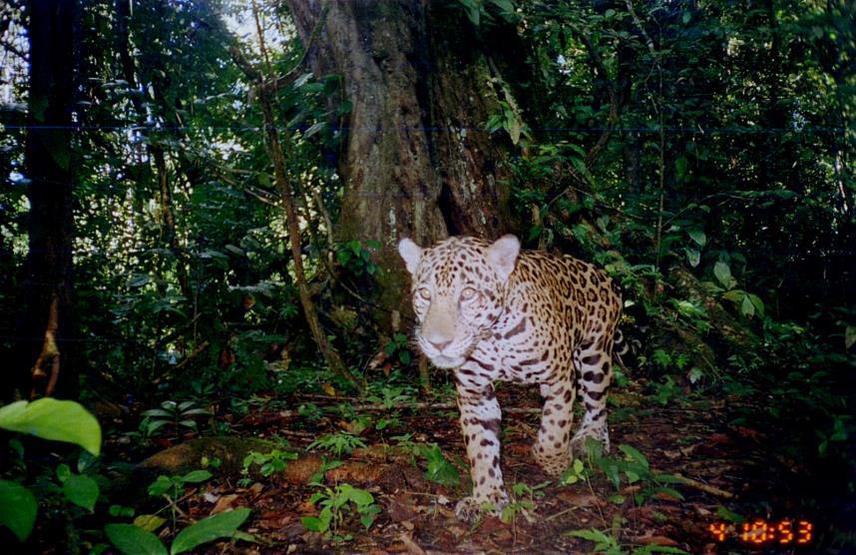Antonio de la Torre de Lara
Other projects
23 May 2018
Building a Participatory Monitoring Program Focused on Jaguars and other Endangered Species in the Greater Lacandona Ecosystem, Mexico
The aim of this project is to estimate jaguar density in the Montes Azules Biosphere Reserve through camera-trapping in combination with capture-recapture sampling methods, for evaluate the status of conservation of this species in the region.

The jaguar (Panthera onca) is the largest cat in America, the top predator in the lowland ecosystems, and an important figure in many indigenous cultures. This species is one of the least studied of large felids, and face conservation problems in much of its former range, to the degree that today the jaguar occupies only about 46% of his historical distribution. Principal threats are due to the continuous habitat destruction and hunting of jaguars and their prey. In Mexico, the jaguar is a priority species and is listed by Mexican Federal Government as endangered, although the actual status of remain populations is unknown.
One the most important population of jaguars occurs at the Selva Lacandona, state of Chiapas. This region has high conservation value due to its high biodiversity levels; its represent the most biodiversity-rich region of Mexico, there are greater than expected number of species at risk, and there are many species that have their only Mexican population in this area. This tropical rainforest also is an important section of the Mayan Tropical Rainforest, the largest extension of this vegetation type north of the Isthmus of Panama. This forest is one of the few areas in Middle America large enough to maintain viable populations of animals, such as jaguar, white-lipped peccary (Tayassu pecari) and Baird’s tapir (Tapirus bairdii).
The aim of this project is to estimate jaguar density in the Montes Azules Biosphere Reserve through camera-trapping in combination with capture-recapture sampling methods, for evaluate the status of conservation of this species in the region. The results of this project will raise awareness in general and specially within the context of the entire Mayan Forest about the importance of Montes Azules reserve in terms of population of jaguar, and also will promote the conservation of the Selva Lacandona region, using the jaguar as a focal and umbrella species. This species is sensitive to a variety of threats, and their presence in a determined area provided a robust view of the general status of an area’s biodiversity.
Surveys in the future in other sites at Selva Lacandona using the same methodology will provide the status of conservation relative to these sites, and it could be a solid tool for design strategies of management and conservation of the natural protected areas of the Lacandona region.